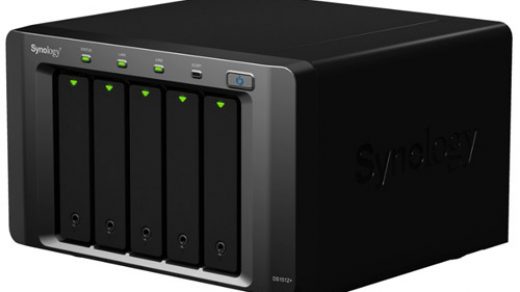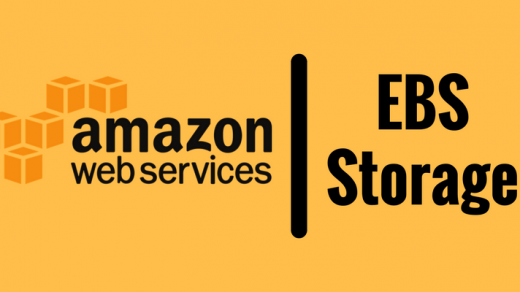
In our previous articles, we covered getting Satellite up and running, setting up content views, activation keys, initial repository syncs. Today we will discuss registering a content host with Satellite. There are various options of getting servers added within your Satellite environment. One way is to provision the server via Satellite, something that we will cover at a later time, or you can just register an already provisioned server. I installed
Registering a Content Host
Upon first logging into Satellite, we look at Host > Content Hosts and we see that currently, we have no content hosts. Satellite makes the registration process easy with the Register Content Host button. Lets begin by clicking this button.

You are now presented with a step by step guild required to register our content host with Satellite. The first step is to install the

Downloading with curl
We use curl to retrieve the RPM from the pub directory on our Satellite 6.4 server.

Then we just need to do a yum localinstall to install the rpm on our host.

Upon completion we can run the following commands:
# subscription-manager status # subscription-manager identity
This will verify to us that we are registered and connected to our Satellite server.

Installing katello tools
The next steps

We start with katello-host-tools.

Next we can install katello-host-tools-tracer

Finally, we install

Verifying the content host on Satellite
Once all the installation is finished we can check Hosts, and we see it requires updates.

Looking into Content Hosts we are able to see numerous updates available for our new content host.

Running yum update on the content host
Therefore, we run yum update on our server to start the update process.

We see we have quite a few packages (as we installed RHEL 7.5 and Red Hat has 7.6 available at this time).

It will take a while to do the full upgrade.

Once the updates have finished, we can continue.

Rebooting the content host
As the kernel was update, we need to reboot. So run the following:
# systemctl reboot

Content Host is now registered and updated
Once the server is back online, we can go back to Content Hosts and we see that all the installable updates show as 0 now.

Clicking on the server name we can see further information on the content host. We see we are locked to RHEL 7, we are using CV-RHEL7 as the content view, and our lifecycle is Dev.

That’s all there is to it. We can now manage our content host with Satellite. In future articles we will cover topics such as provisioning servers with Satellite. We still need to build us a new Capsule server within AWS, and then provision and manage content hosts within AWS EC2.



nice article, waiting for more 🙂 thank you!! now my concept is clear.
for some reason I m unable to subscribe to this website, it says failed to open page.
Nice article, It given lot information. Thank you!
Thank you for taking time and sharing, I have pretty good understanding of satellite now.